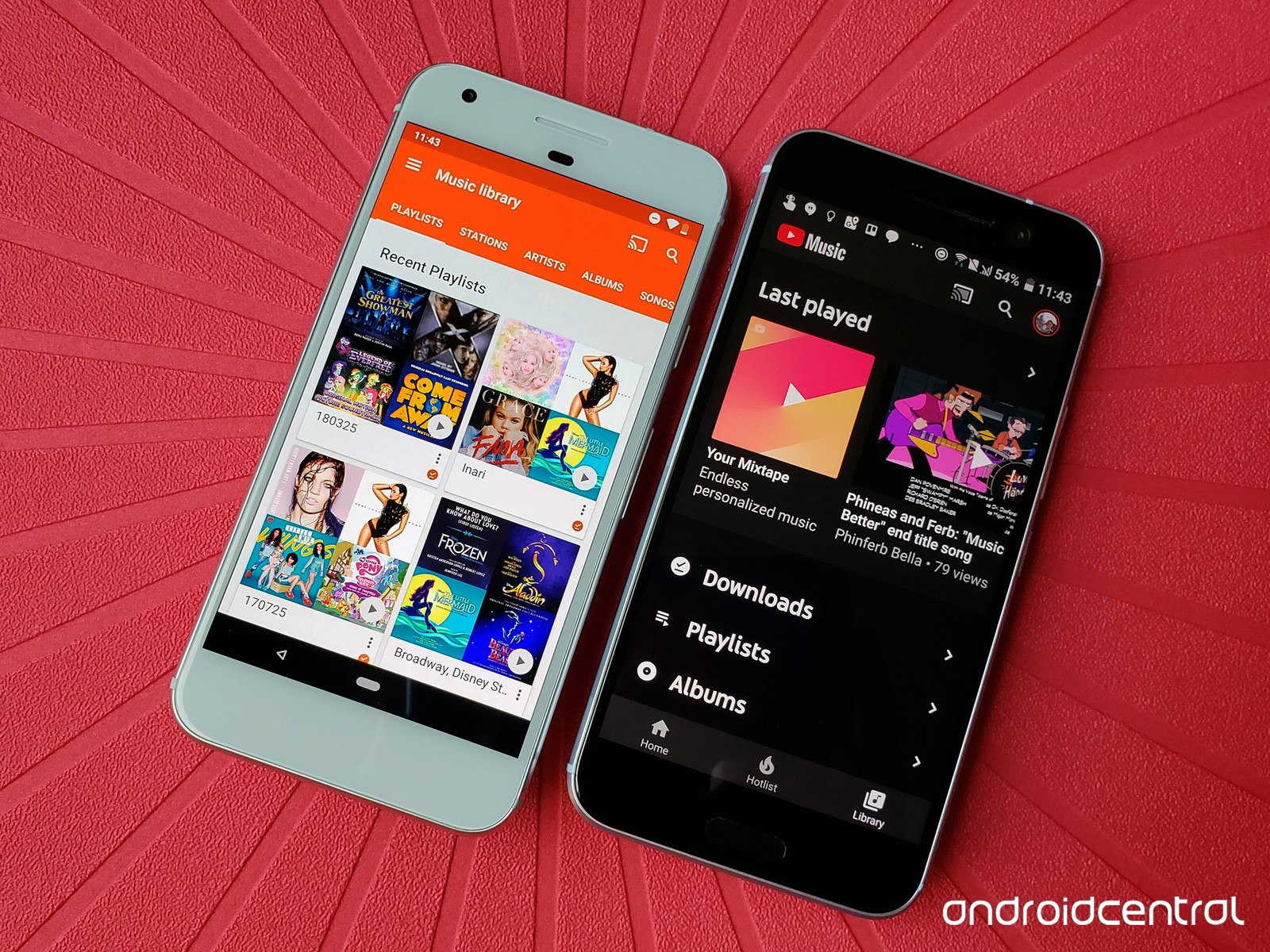chevron_left
-
play_arrow
NGradio So good... like you
share
close
Weighing the benefits against the cost and drawbacks of Google’s new Pixel phones
Google on Wednesday took the wraps off its new Pixel 2 and Pixel 2 XL phones, the sequels to the first-ever Google-designed Android handsets. Both devices look sharp, minimal, and sport what the company says is one of the best mobile cameras on the market, with original Pixel buyers able to testify the device line’s prowess in the picture-taking department.
But perhaps you’re still on the fence. Maybe you own an Apple product, and you’re simply fed up with iOS, or have no intention of buying the iPhone 8 or shelling out for the iPhone X. Or perhaps you’ve been looking for a cleaner, simpler, and bloatware-free Android phone, but not sure you want to get something quite as premium as Pixel 2. It does start at $649, and can get as expensive as $949 for a 128GB Pixel 2 XL.
To make the decision easier, we’ve broken down three of the best and worst qualities of the new Pixel and Pixel 2 Xl, to make that cost-benefit analysis more clear.
/cdn.vox-cdn.com/uploads/chorus_asset/file/9378989/jbareham_170922_2006_0447.jpg) Photo by James Bareham / The Verge
Photo by James Bareham / The VergePIXEL 2 AND PIXEL 2 XL HAVE THE SAME STELLAR CAMERA
Don’t just take Google’s word for it — the Pixel 2’s camera really does stand out, more so than last year’s model it appears. The Verge’s Dieter Bohn went hands-on with the Pixel phones prior to the reveal event and came away impressed. “If Google can consistently produce similar results to what I’ve already seen, it has made a big leap over last year’s Pixel camera, and stands a strong chance of contending with the dual-lens / camera bump system on the iPhone 8 (and presumably the iPhone X),” he wrote.
The best part, however, is that you don’t have to choose which camera to get. Like last year’s models, the Pixel 2 and Pixel 2 XL have the same single-lens setup. Google decided to only differentiate its pricier XL version with a larger screen and bigger battery. The company also put a lot of the same photo tricks you get with the dual-camera iPhone 8 Plus / iPhone X. That means you get the background blurring bokeh effect on both the front-facing and rear-facing camera on the Pixel 2 phones, without needing the price bump inherent in adding a new component.
/cdn.vox-cdn.com/uploads/chorus_asset/file/9378935/jbareham_170922_2006_0076.jpg) Photo by James Bareham / The Verge
Photo by James Bareham / The Verge
GOOGLE LENS, AR STICKERS, AND ASSISTANT SQUEEZE ARE PROMISING
The promise of a Google-made phone has always been more in the software than the hardware. Beyond the stock Android you get with a Pixel device, Google this time around is also packing in some powerful artificial intelligence and augmented reality features that will hopefully keep its smartphones competitive with the iPhone and ARKit, and to a lesser extent Samsung and Bixby.
On the new Pixels, you’ll get Google Lens, the company’s new on-demand object recognition tool, built in. The Pixel 2 is the first phone to fully support the platform, and Google says it will for now work with a handful of useful-sounding categories like books, movie posters, business cards, and landmarks. Google is also positioning its ARCore framework similarly to Apple’s ARKit, and it showed some new AR stickers — including life-sized, cartoony versions of Stranger Things characters — to hammer the point home.
Perhaps the strangest, but also most promising, new feature in this category is Google’s new Assistant squeeze activation, in which you apply gentle pressure to the sides of the phone to automatically activate Google’s voice-based AI companion. Telling users to squeeze their consumer electronics is a bit odd, but in practice, it sounds like an intuitive way to activate the Assistant, which Google hopes will become one of Android’s most useful and powerful software differentiator. Plus, with the giant Pixel 2 XL, activating Assistant with a squeeze will work great without needing to reach your thumb over.
ALWAYS-ON DISPLAY AND MICROPHONE
Always-on displays were a big thing just a few years ago, during the original Moto X era, but seemed to fall out of favor with consumers out of battery life concerns. Now, with more AI-assisted smarts built into our phones, Google is bringing the always-on display back with its Pixel 2 devices, with one neat twist.
Source: theverge.com
Written by: New Generation Radio
Rate it
Similar posts
ΔΗΜΟΦΙΛΗ ΑΡΘΡΑ
COPYRIGHT 2020. NGRADIO




















Post comments (0)